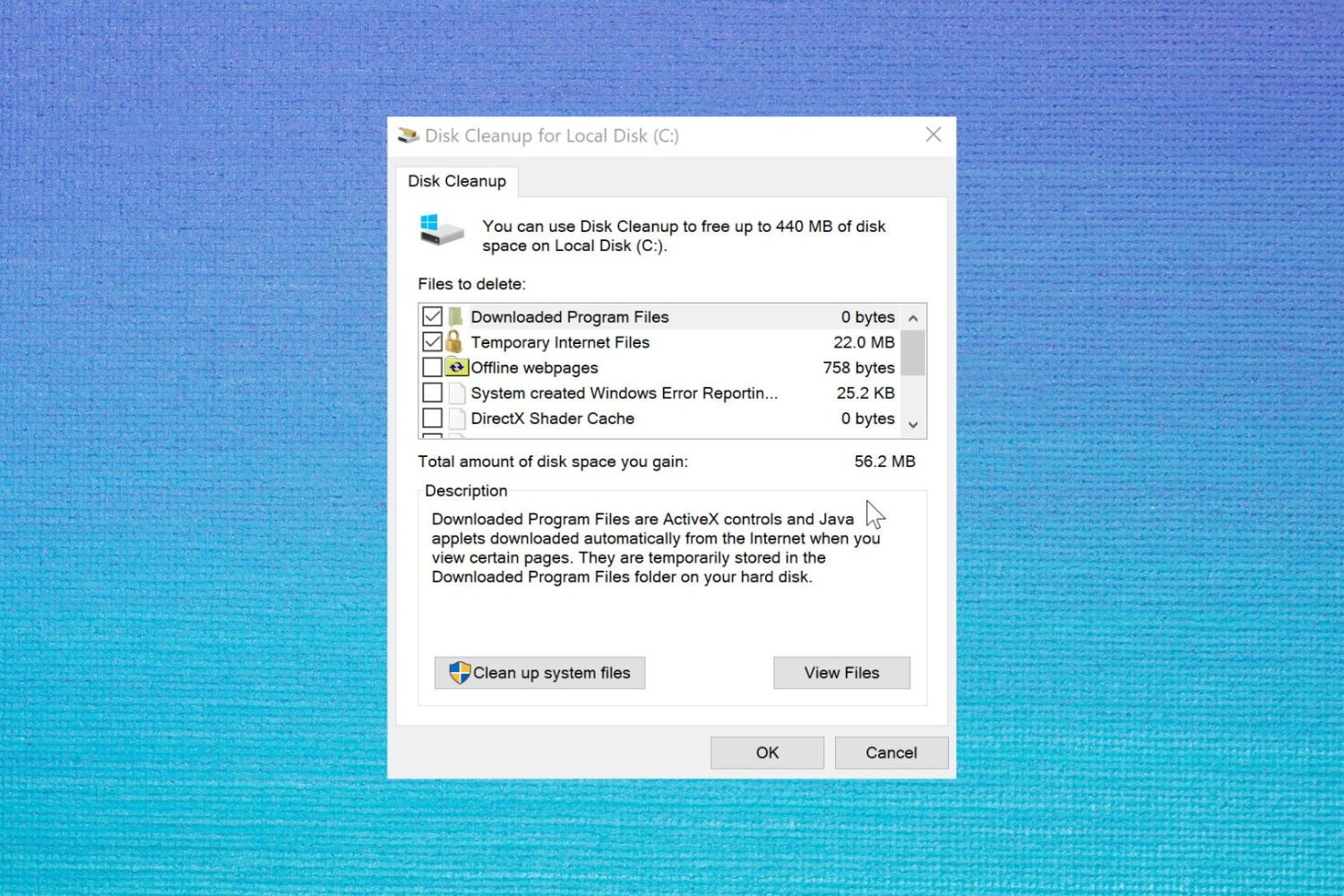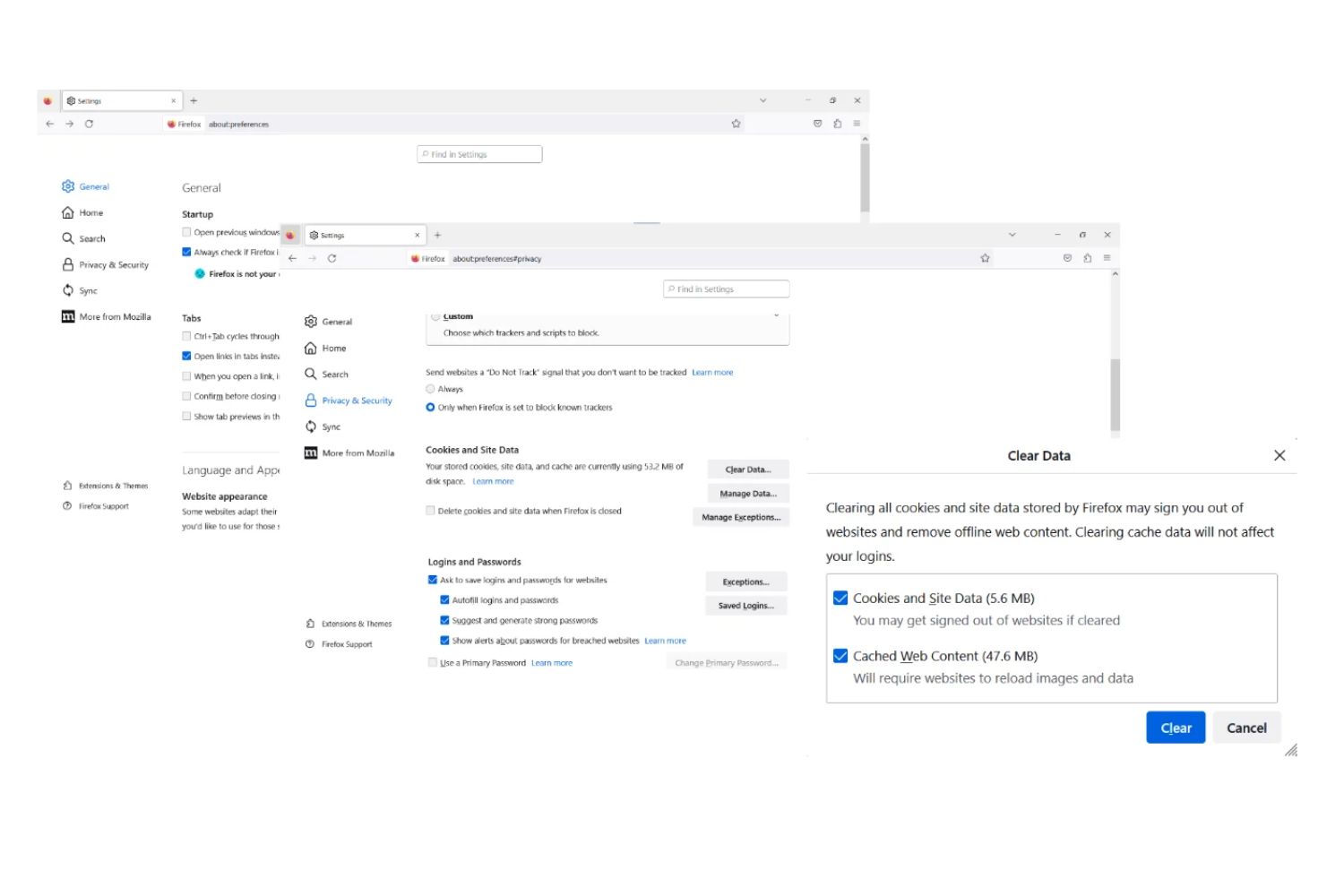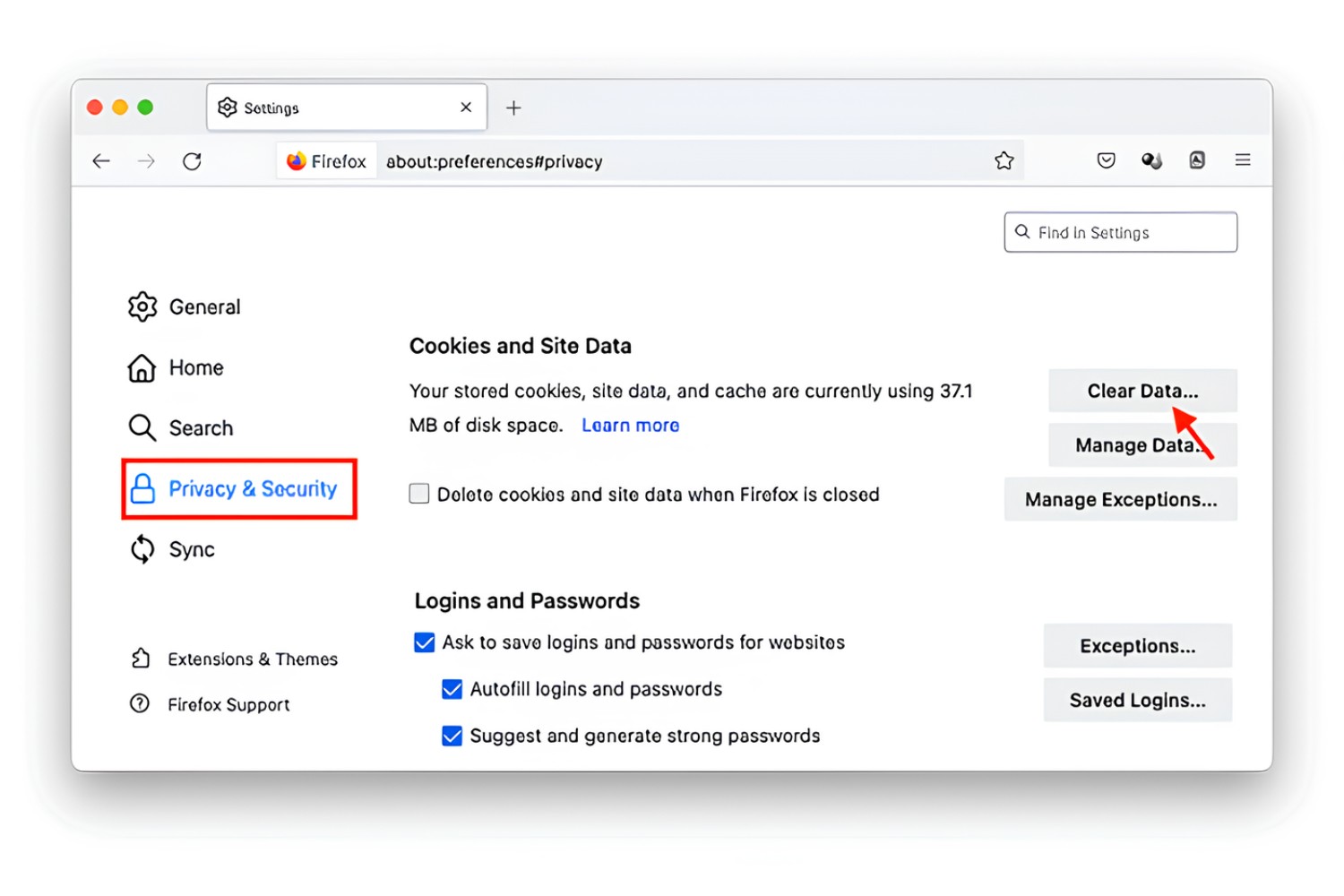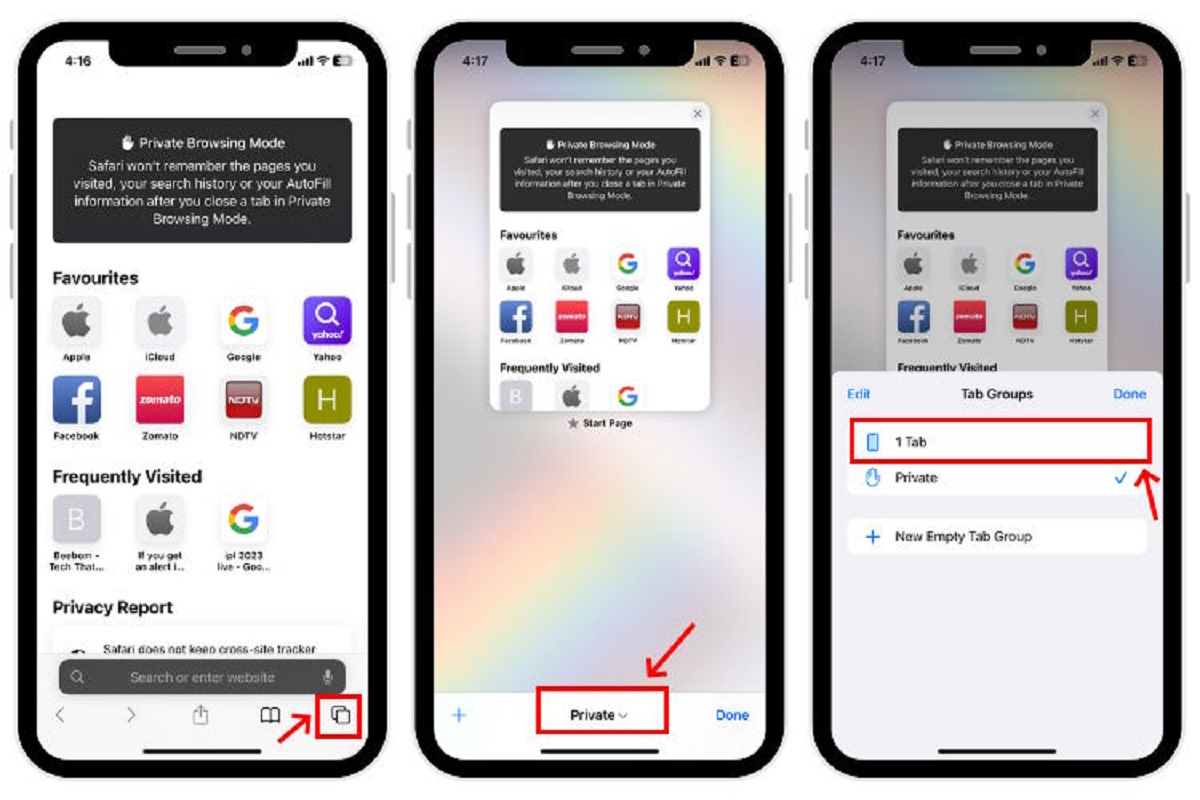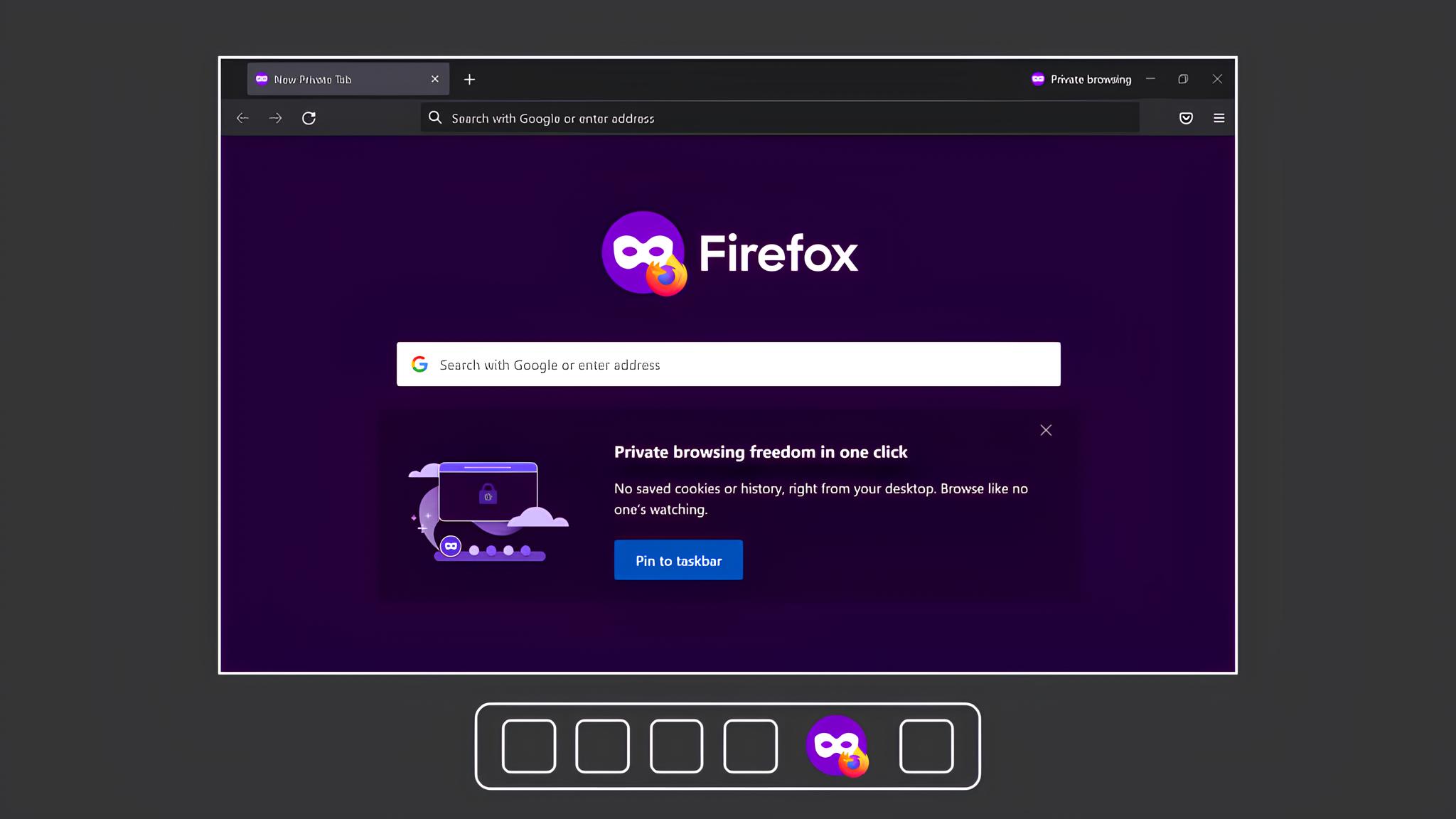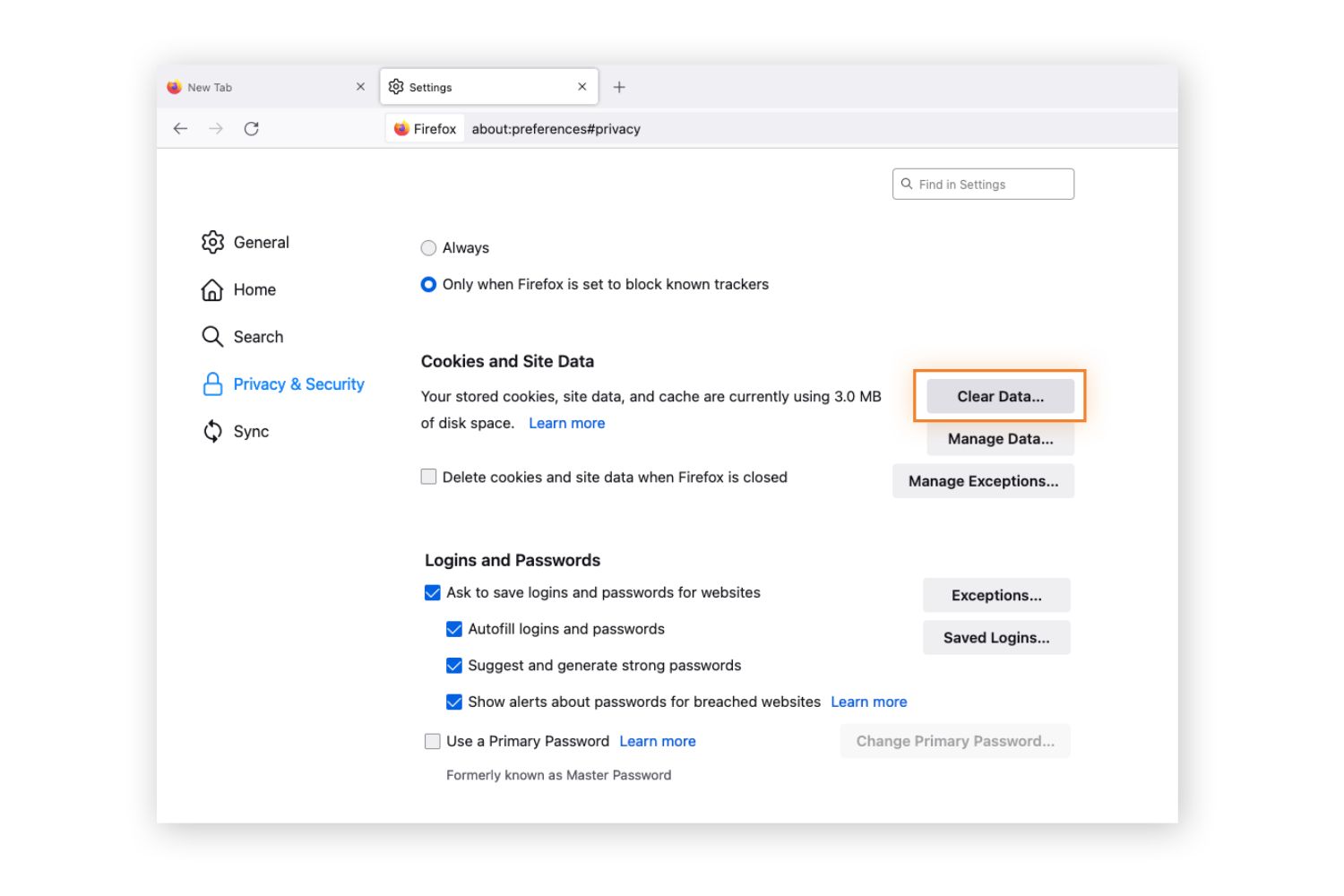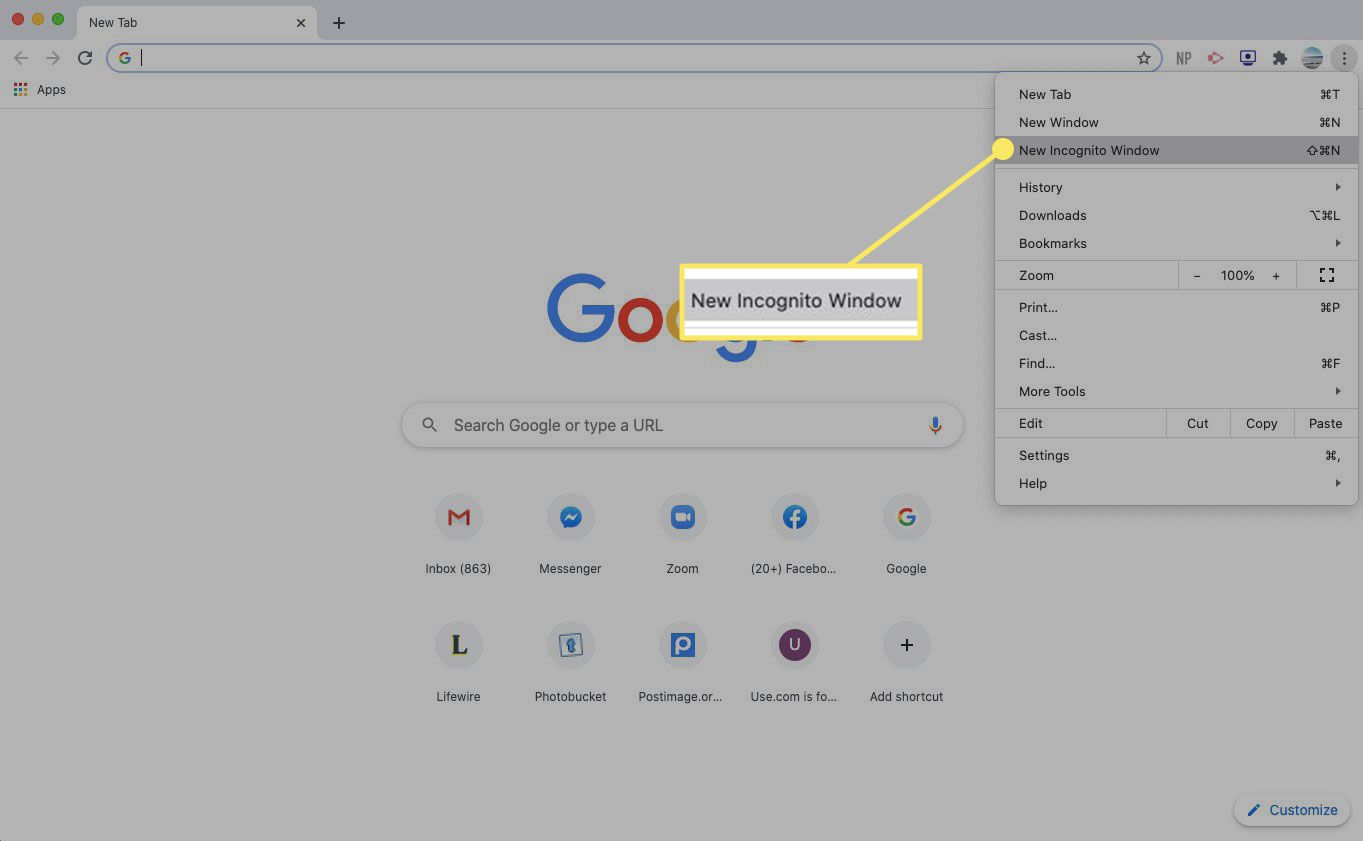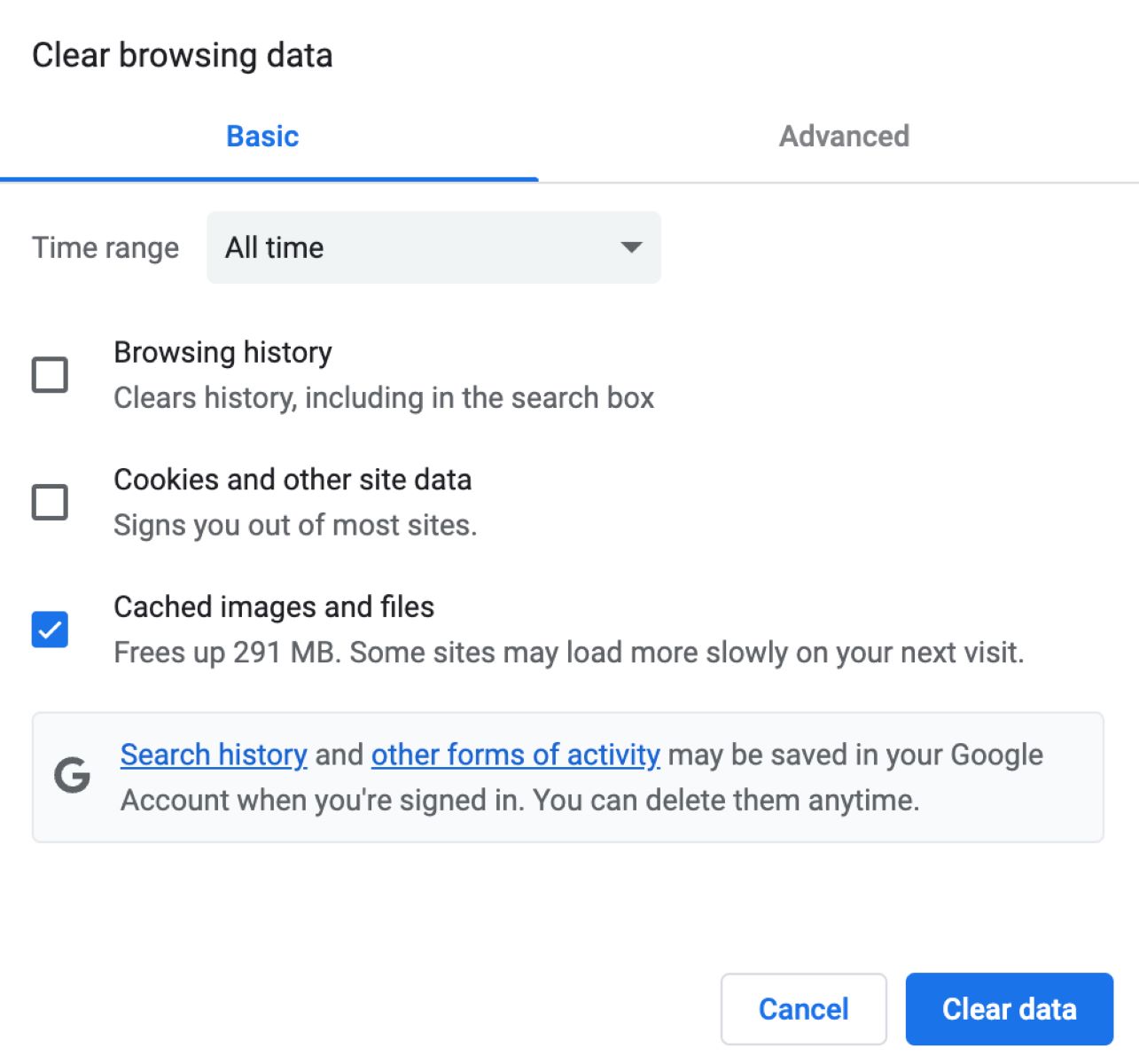Introduction
When browsing the internet, web browsers like Firefox store various types of data to enhance your browsing experience. One such type of data is the temporary internet files, also known as cache. These files include images, scripts, and other elements of web pages that are stored on your computer to reduce loading times when you revisit the same websites.
Understanding the location and management of Firefox temporary internet files is essential for various reasons. Whether you want to free up disk space, troubleshoot website loading issues, or ensure your privacy, knowing how to access and manage these files can be incredibly useful.
In this article, we will delve into the specifics of Firefox temporary internet files, including their purpose, location on different operating systems, and how to manage them effectively. By the end of this guide, you will have a comprehensive understanding of where these files are stored and how to navigate and manage them on Windows, Mac, and Linux systems. Let's embark on this journey to uncover the mysteries of Firefox temporary internet files and empower ourselves with the knowledge to optimize our browsing experience.
Understanding Firefox Temporary Internet Files
Firefox temporary internet files, commonly referred to as cache, play a crucial role in optimizing the browsing experience. When you visit a website, various elements such as images, scripts, and stylesheets are downloaded to your computer. These elements are stored as temporary internet files in the browser's cache. The primary purpose of caching these files is to expedite the loading of web pages upon revisiting the same sites, as the browser can retrieve the stored elements locally instead of downloading them again from the web server.
By storing these temporary internet files, Firefox aims to enhance browsing speed and performance. When you navigate to a previously visited website, the browser checks its cache for the required elements. If the files are found in the cache and are still valid, Firefox can render the web page more quickly, resulting in a smoother and more efficient browsing experience.
It's important to note that while temporary internet files can significantly improve loading times, they can also consume disk space over time. As you continue to browse the web, the cache accumulates a multitude of files from various websites. This accumulation can lead to a substantial consumption of storage space on your computer, potentially impacting its overall performance.
Understanding the role of Firefox temporary internet files is essential for effectively managing your browsing data. By gaining insights into how these files operate and their impact on your system, you can make informed decisions about when and how to clear the cache, ensuring optimal browsing performance and efficient disk space utilization.
Locating Firefox Temporary Internet Files on Windows
Locating Firefox temporary internet files on a Windows system is a straightforward process that involves navigating to a specific directory where these files are stored. By accessing this directory, you can gain insights into the cache contents and manage the temporary internet files as needed. Here's a step-by-step guide to locating Firefox temporary internet files on Windows:
-
Open File Explorer: Begin by opening File Explorer, the default file management application in Windows. You can do this by clicking on the folder icon in the taskbar or by pressing the Windows key + E on your keyboard.
-
Navigate to the AppData Folder: In File Explorer, navigate to the local disk where Windows is installed (usually the C: drive). Then, follow this path: Users > [Your Username] > AppData. Please note that the AppData folder is hidden by default, so you may need to enable the option to show hidden files and folders in File Explorer.
-
Access the Mozilla Folder: Within the AppData folder, locate and open the Mozilla folder. This folder contains various subfolders related to Firefox, including the one where temporary internet files are stored.
-
Locate the Cache Folder: Once inside the Mozilla folder, look for a subfolder named "Firefox." Open this folder to reveal additional subfolders and files associated with your Firefox profile.
-
Find the Cache Directory: Within the Firefox folder, you will find a subfolder named "Profiles." Open this folder to access your Firefox profile(s). Each profile is represented by a unique alphanumeric string followed by a dot and the profile name.
-
Access the Cache Folder: Within your profile folder, locate and open the "cache2" folder. This is where Firefox stores its temporary internet files, including cached web page elements such as images, scripts, and stylesheets.
By following these steps, you can successfully locate the directory where Firefox temporary internet files are stored on a Windows system. This knowledge empowers you to view the cache contents, manage the files, or clear the cache to free up disk space and optimize your browsing experience. Understanding the location of these files is valuable for troubleshooting website loading issues, ensuring privacy, and effectively managing your browsing data.
Locating Firefox Temporary Internet Files on Mac
Locating Firefox temporary internet files on a Mac system involves navigating to the specific directory where these files are stored. By accessing this directory, users can gain insights into the cache contents and manage the temporary internet files as needed. Here's a detailed guide to locating Firefox temporary internet files on a Mac:
-
Open Finder: Begin by opening Finder, the default file management application on Mac. You can do this by clicking on the Finder icon in the dock or by pressing Command + N on your keyboard.
-
Navigate to the Library Folder: In Finder, navigate to the "Go" menu at the top of the screen and select "Go to Folder." Alternatively, you can press Shift + Command + G on your keyboard. In the dialog box that appears, type "~/Library/Caches" and click "Go." This will take you to the system's cache directory.
-
Access the Firefox Cache Folder: Within the "Caches" directory, locate and open the folder named "Mozilla." This folder contains various subfolders related to Firefox, including the one where temporary internet files are stored.
-
Locate the Cache Directory: Once inside the "Mozilla" folder, look for a subfolder named "Firefox." Open this folder to reveal additional subfolders and files associated with your Firefox profile.
-
Find the Profile Folder: Within the "Firefox" folder, you will find a subfolder named "Profiles." Open this folder to access your Firefox profile(s). Each profile is represented by a unique alphanumeric string followed by a dot and the profile name.
-
Access the Cache Folder: Within your profile folder, locate and open the "cache2" folder. This is where Firefox stores its temporary internet files, including cached web page elements such as images, scripts, and stylesheets.
By following these steps, users can successfully locate the directory where Firefox temporary internet files are stored on a Mac system. This knowledge empowers them to view the cache contents, manage the files, or clear the cache to free up disk space and optimize the browsing experience. Understanding the location of these files is valuable for troubleshooting website loading issues, ensuring privacy, and effectively managing browsing data on a Mac.
Locating Firefox Temporary Internet Files on Linux
Locating Firefox temporary internet files on a Linux system involves navigating to the specific directory where these files are stored. By accessing this directory, users can gain insights into the cache contents and manage the temporary internet files as needed. Here's a detailed guide to locating Firefox temporary internet files on a Linux system:
-
Open File Manager: Begin by opening the file manager application on your Linux system. The file manager may vary depending on the Linux distribution you are using, but common file managers include Nautilus for GNOME, Dolphin for KDE, and Thunar for XFCE.
-
Navigate to the Hidden .mozilla Folder: In the file manager, navigate to your home directory. Firefox stores its configuration and cache files in a hidden folder named .mozilla within the home directory. Since the folder name starts with a dot, it is hidden by default. You can reveal hidden files and folders in the file manager's settings or by pressing Ctrl + H to toggle the visibility of hidden items.
-
Access the Cache Directory: Within the .mozilla folder, locate and open the subfolder named firefox. This folder contains various subfolders and files associated with your Firefox profile.
-
Find the Profile Folder: Within the firefox folder, you will find a subfolder named profiles. Open this folder to access your Firefox profile(s). Each profile is represented by a unique alphanumeric string followed by a dot and the profile name.
-
Access the Cache Folder: Within your profile folder, locate and open the cache2 folder. This is where Firefox stores its temporary internet files, including cached web page elements such as images, scripts, and stylesheets.
By following these steps, users can successfully locate the directory where Firefox temporary internet files are stored on a Linux system. This knowledge empowers them to view the cache contents, manage the files, or clear the cache to free up disk space and optimize the browsing experience. Understanding the location of these files is valuable for troubleshooting website loading issues, ensuring privacy, and effectively managing browsing data on a Linux system.
This comprehensive guide equips Linux users with the necessary knowledge to navigate and manage Firefox temporary internet files, empowering them to take control of their browsing data and optimize their overall browsing experience.
Managing Firefox Temporary Internet Files
Managing Firefox temporary internet files is essential for optimizing browsing performance, ensuring privacy, and effectively utilizing disk space. By understanding how to manage these files, users can take control of their browsing data and maintain a smooth and efficient browsing experience. Here are several key aspects of managing Firefox temporary internet files:
Clearing the Cache
Clearing the cache is a fundamental aspect of managing Firefox temporary internet files. Over time, the cache can accumulate a significant number of files from various websites, consuming valuable disk space. Additionally, outdated or corrupted cache files can potentially impact browsing performance and lead to website loading issues. By regularly clearing the cache, users can free up disk space and ensure that Firefox retrieves the latest web page elements from the internet, thereby enhancing browsing speed and efficiency.
Utilizing Browser Settings
Firefox provides users with the flexibility to customize cache management through its settings. Within the browser settings, users can specify how Firefox handles temporary internet files, including the cache size, storage location, and the option to clear the cache upon exiting the browser. By adjusting these settings according to individual preferences and browsing habits, users can effectively manage the cache and optimize their browsing experience.
Automating Cache Management
For users who prefer a hands-off approach to cache management, Firefox offers extensions and add-ons that automate the process. These tools enable users to schedule cache clearing at regular intervals, ensuring that the cache remains optimized without requiring manual intervention. By leveraging automation, users can maintain an efficient cache system without the need for constant manual maintenance.
Troubleshooting Website Loading Issues
In some cases, website loading issues may arise due to corrupted or outdated cache files. By understanding how to manage Firefox temporary internet files, users can troubleshoot such issues by selectively clearing the cache for specific websites. This targeted approach can resolve loading problems and ensure that web pages load correctly by fetching fresh resources from the internet.
Privacy Considerations
Managing Firefox temporary internet files also encompasses privacy considerations. Clearing the cache regularly can help protect user privacy by removing traces of visited websites and downloaded content. This proactive approach to cache management aligns with privacy best practices and ensures that sensitive browsing data is not retained within the cache.
By actively managing Firefox temporary internet files, users can optimize their browsing experience, troubleshoot potential issues, and safeguard their privacy. This proactive approach empowers users to take control of their browsing data and maintain a smooth and efficient browsing experience.







